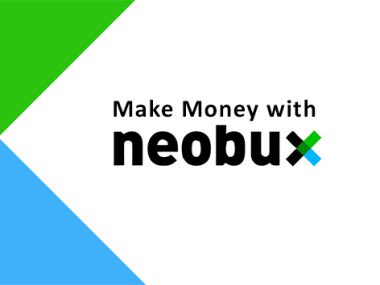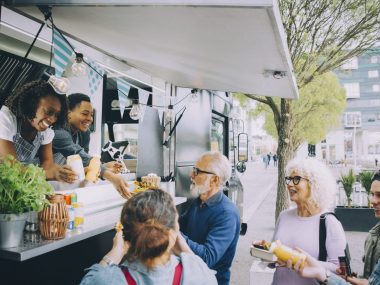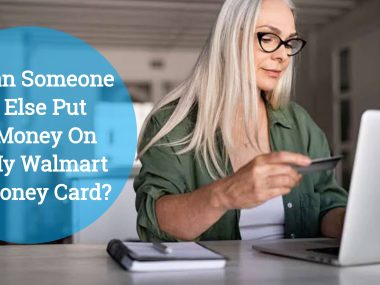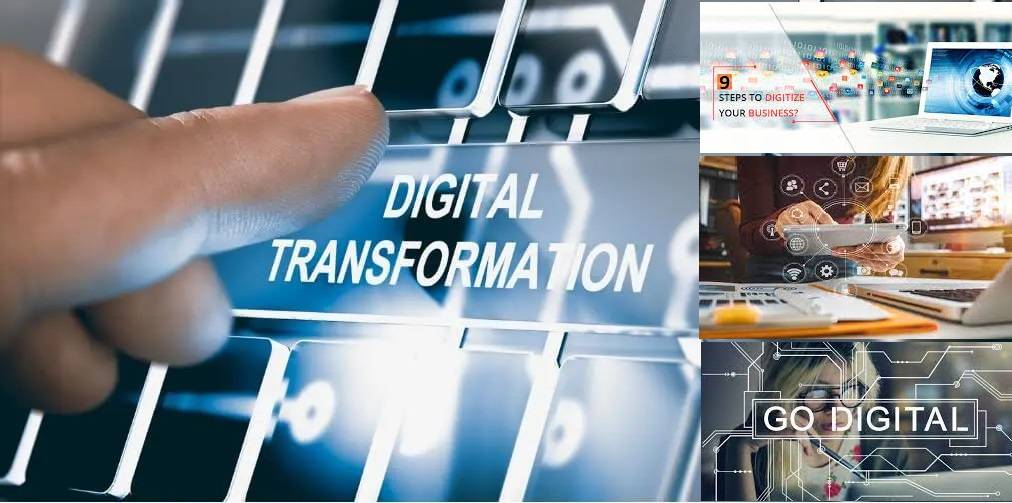The peer-to-peer (P2P) economy is one where buyers and sellers interact directly without the need for an intermediary third party or other business. The peer-to-peer economy is a business model where two individuals buy and sell products and services directly. In a peer-to-peer company, the seller has the ability to create the product or offer the service themselves.
Understanding a peer-to-peer economy
The peer-to-peer company is seen as an alternative to traditional capitalist markets, where businesses control goods production and own the finished product. These businesses act as intermediaries, employing workers to carry out the production process and then selling the finished goods to consumers.
It should be noted that a peer-to-peer economy can exist within a traditional capitalist market. For example, open-source software is sold alongside commercial and retail software.
Uber operates in large cities with taxi companies, while several Airbnb properties may be available on the same block as a hotel. Many consider Uber and Airbnb to be operating in a quasi-peer-to-peer economy since each provides the intermediary service of payment processing.
However, using a third party to provide this service is sometimes unavoidable and should not be used as the sole determinant of a peer-to-peer economy.
The growth of the peer-to-peer economy has been fuelled by the internet, mobile technologies, and tremendous advances in analytics, artificial intelligence, and big data. These factors have made transactions between individuals more accessible, efficient, and safe.
Changing consumer preferences toward a sharing economy have also spawned multiple industries where intermediaries are simply no longer required.
Peer-to-peer economy platforms
In a peer-to-peer economy, various platforms connect buyer demand with seller supply.
These platforms are normally for-profit entities that provide payment services and mitigate the risk of the buyer failing to pay or the seller failing to deliver.
Examples of peer-to-peer platforms include:
- Marketplaces – eBay, Etsy, Gumtree, and to a lesser extent Amazon.
- Payment facilitators – such as PayPal, Stripe, and Square.
- Personal lending services – including Peerform, Upstart, Kiva, and Prosper.
- Transportation – Uber, Lyft, Ola, and DiDi.

Some platforms also incorporate aspects of the sharing economy, where peer-to-peer transactions enable online communities to acquire or provide shared access to goods and services. These communities utilize idle assets such as spare bedrooms or vehicles through fee-based sharing arrangements.
Sharing economy platforms have allowed the peer-to-peer economy to thrive. They include:
- Fashion – such as Nuw, The Dress Change, Swap Society, Vinted, and ThredUp.
- Freelancing – Fiverr, Upwork, Guru, Airtasker, and 99designs.
- Accommodation – Airbnb, HomeToGo, Tripping, and VRBO.
- Transportation – in the peer-to-peer sharing economy, this includes carpool service BlaBlaCar, storage, and car parking platform Spacer, and car-sharing service Zipcar.
- Software, knowledge, and media sharing – this includes Stack Overflow and the educational platform Coursera.
- Item sharing – where consumers share power drills (Toolmates), toys (Kindershare), caravans, and similar recreational vehicles (Camplify).
The evolution of the peer-to-peer economy
The peer-to-peer economy of today is similar to the environment that existed before the industrial revolution. During this time, most people worked either as subsistence farmers or artisans making hand-crafted goods.
However, the introduction of machinery created economic systems that afforded greater productivity and wealth through economies of scale. Once large-scale agriculture become widespread, wealthy individuals bought village land once used by subsistence farmers. This forced villagers to find new jobs with businesses in towns and cities, thereby creating an economy dominated by intermediaries which continues to this day.
Will the peer-to-peer economy once again become the status quo? The internet has certainly made it a more viable prospect, with the self-producer model of capitalism disruptive enough to have caught the attention of third-party intermediaries. Digital business is now the status quo.
These companies have invested heavily in making P2P transactions safer and more efficient for buyers and sellers, despite having no direct involvement in the economy itself. If nothing else, these investments strengthen the case for a peer-to-peer economy well into the future.
Peer-to-peer business model examples
A marketplace is a platform where buyers and sellers interact and transact. The platform acts as a marketplace that will generate revenues in fees from one or all the parties involved in the transaction.
Usually, marketplaces can be classified in several ways, like those selling services vs. products or those connecting buyers and sellers at B2B, B2C, or C2C levels. And those marketplaces connect two core players or more.
In the food delivery business model companies leverage technology to build platforms that enable users to have the food delivered at home. This business model usually is set up as a platform and multi-sided marketplace, where the food delivery company makes money by charging commissions to the restaurant and to the customer.
A two-sided marketplace is a platform business that connects two primary groups as it enables them to interact and transact within the platform. As an intermediary working to enable frictionless interactions and transactions on the platform, it will usually work as a government collecting a “tax” on both groups on the platform.
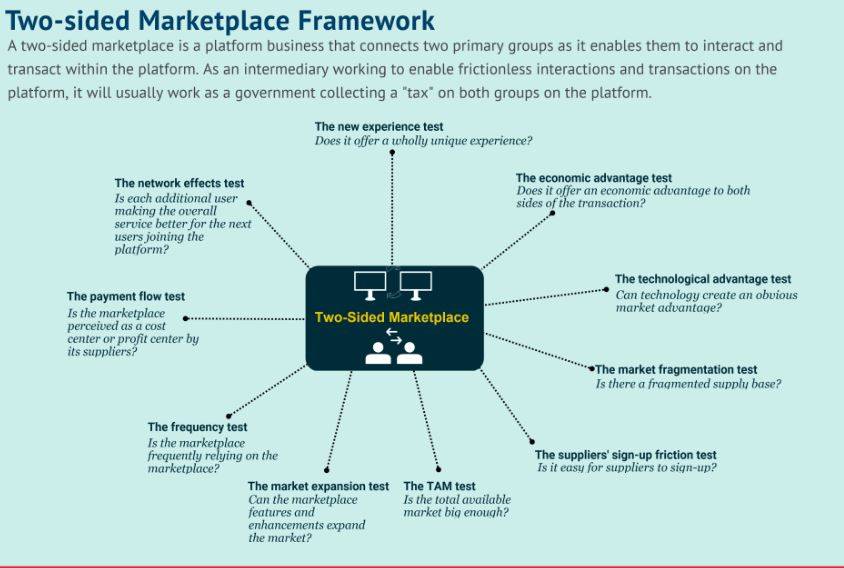
Key takeaways:
- The peer-to-peer (P2P) economy is one where buyers and sellers interact directly without the need for an intermediary third party or other business. The growth of the peer-to-peer economy has been fuelled by the internet, mobile technologies, analytics, artificial intelligence, and big data.
- The peer-to-peer economy consists of various platforms which connect buyer demand with seller supply. These platforms are operated by third-party businesses, ostensibly to reduce the risk of the buyer not paying or the seller not delivering. Sharing economy platforms, where communities provide access to shared goods and resources, are also an important component of the peer-to-peer economy.
- The peer-to-peer economy was prevalent before the industrial revolution, where most were employed as farmers or artisans. This changed with the introduction of farm machinery and economies of scale, but the peer-to-peer economy is making a comeback today and may become dominant once again.
Retail Business Model
A retail business model follows a direct-to-consumer approach, also called B2C, where the company sells directly to final customers a processed/finished product. This implies a business model that is mostly local-based, it carries higher margins, but also higher costs and distribution risks.
B2B2C
A B2B2C is a particular kind of business model where a company, rather than accessing the consumer market directly, it does that via another business. Yet the final consumers will recognize the brand or the service provided by the B2B2C. The company offering the service might gain direct access to consumers over time.
Freemium Business Model
The freemium – unless the whole organization is aligned around it – is a growth strategy rather than a business model. A free service is provided to a majority of users, while a small percentage of those users convert into paying customers through the sales funnel. Free users will help spread the brand through word of mouth.
Freeterprise Business Model
A freeterprise is a combination of free and enterprise where free professional accounts are driven into the funnel through the free product. As the opportunity is identified the company assigns the free account to a salesperson within the organization (inside sales or fields sales) to convert that into a B2B/enterprise account.
Franchising Business Model
In a franchised business model (a short-term chain, long-term franchise) model, the company deliberately launched its operations by keeping tight ownership of the main assets, while those are established, thus choosing a chain model. Once operations are running and established, the company divests its ownership and opts instead for a franchising model.

